Formed in 1996 by Kensuke Sembo and Yae Akaiwa, Exonemo is group devoted to the experimentation of new ways of interaction between art and public.

LUCA: Object B presents, compared to the consumer society, a different kind of immersion between real and virtual spaces. what do you think about the relationships of virtual and real spaces of contemporary world? And what do you want to communicate trough the hacked interactions of Object B?
EXO: When considering about the “real” and “virtual” space, we feel the border between them has been getting more ambiguous than before. It might be no longer an indivisible concept. But actually, not only “real space to virtual space” but also divided world such as “country to country”, “culture to culture” or “person to person” exist around us and make conflicts between them.
The Object B focuses on “communication” between divided worlds.
By multiple approach to the installation, for example, from the exhibit space (physically) or from the game space (as a nonphysical avatar), you will experience an obvious communication gap between two worlds.
We think that’s the interesting point on communication.
LUCA: Which seeds where the starting point to think this piece?
EXO: Maybe at the moment when I doubted if a person on the other side of the internet was a real human being…or not!?
LUCA: What do you think about game industry today?
EXO: Regading the Half-Life, the game company VALVE opens the developement environment partly to get the scene active and also let expert programmer join the company. It’s intersting that we can touch the structure of the game by modification. Game modification has a potential for expansion but we have a limited feeling about the distribution system STEAM because they tighten controls on license. Meanwhile, game industry in Japan seems different. Japanese game companies almost never open the developement environment to the public, but they activate the game scene by allowing re-creation of game characters such as cosplay, fan fiction and so on.
Each environment is open and closed at different point and we see an interesting difference of game culture there.
LUCA: Open source and free exchange are important vectors of innovation, don’t you think that with all this new and specialized hardware and software instrument, that are quite “closed”,that users will have a little range of creative possibilities?
EXO: Focusing on open source and free exchange in art creation, we think it is different from software development.
For the software development, “function” is absolutely imperative and we can share the function by getting source code. So we think the open source for software development is very important but for the art work, “function” is not important thing so there isn’t much point in sharing the source. To represent the concept through an art work might expect
next creativity like open source and free exchange on software development.
LUCA: Water, what makes you thinkin?
EXO: MOST IMPORTANT MEDIA
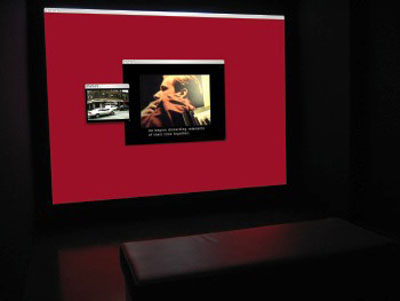
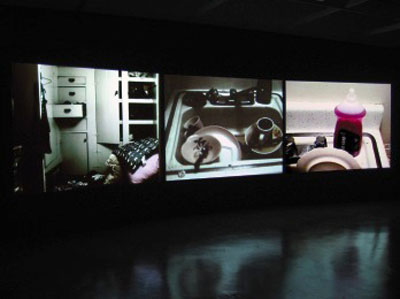
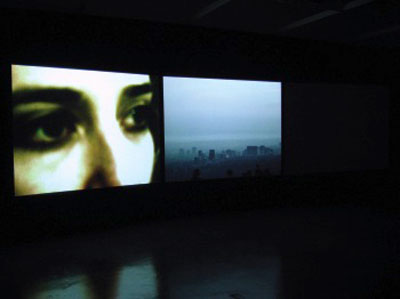
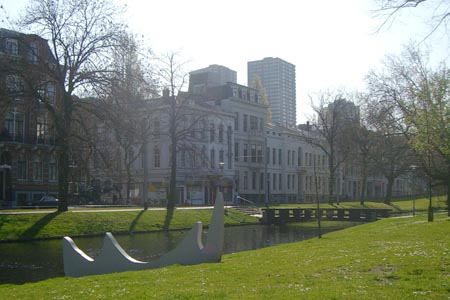

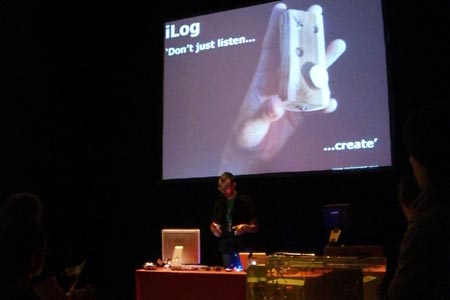

Socialize